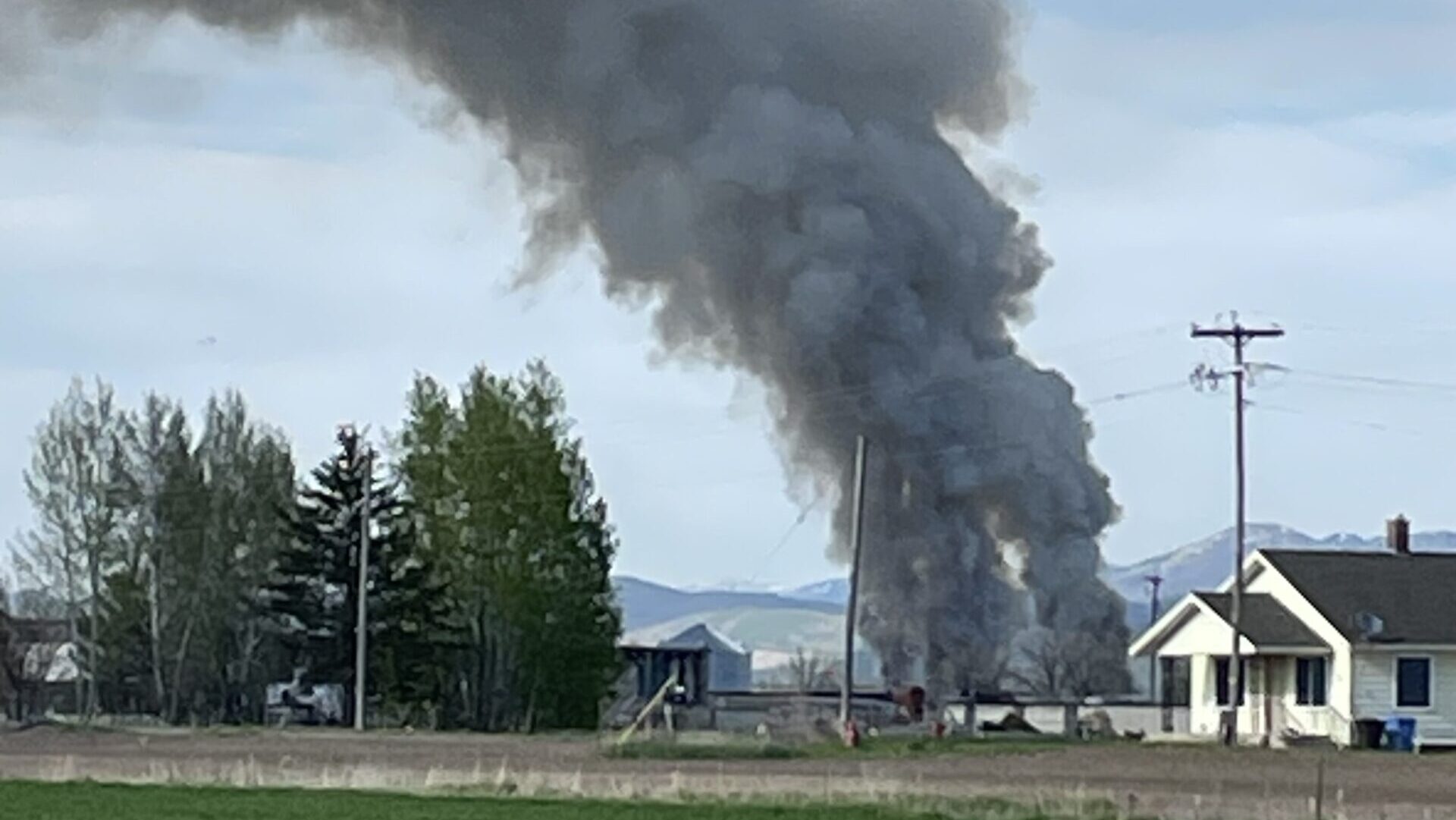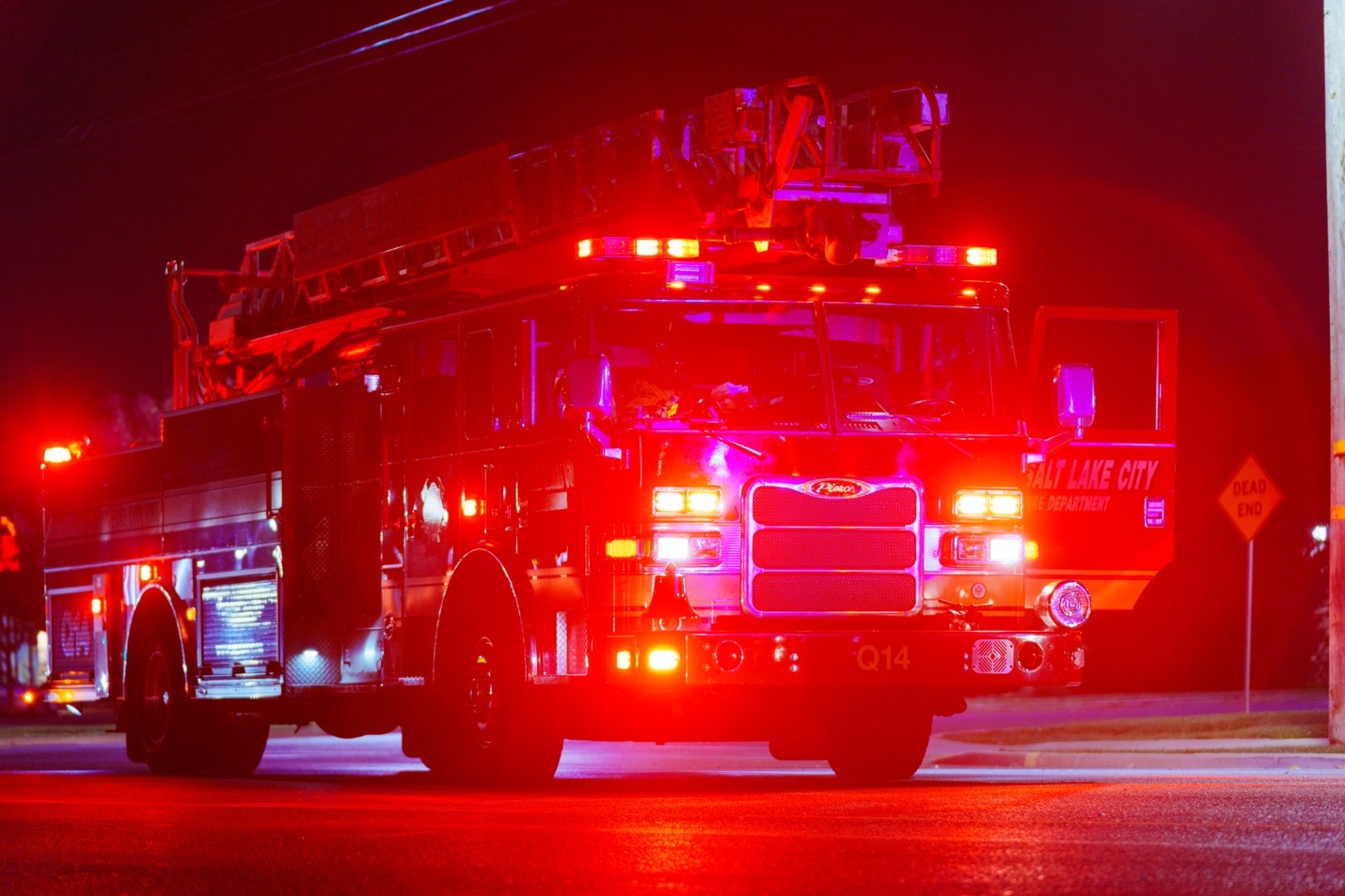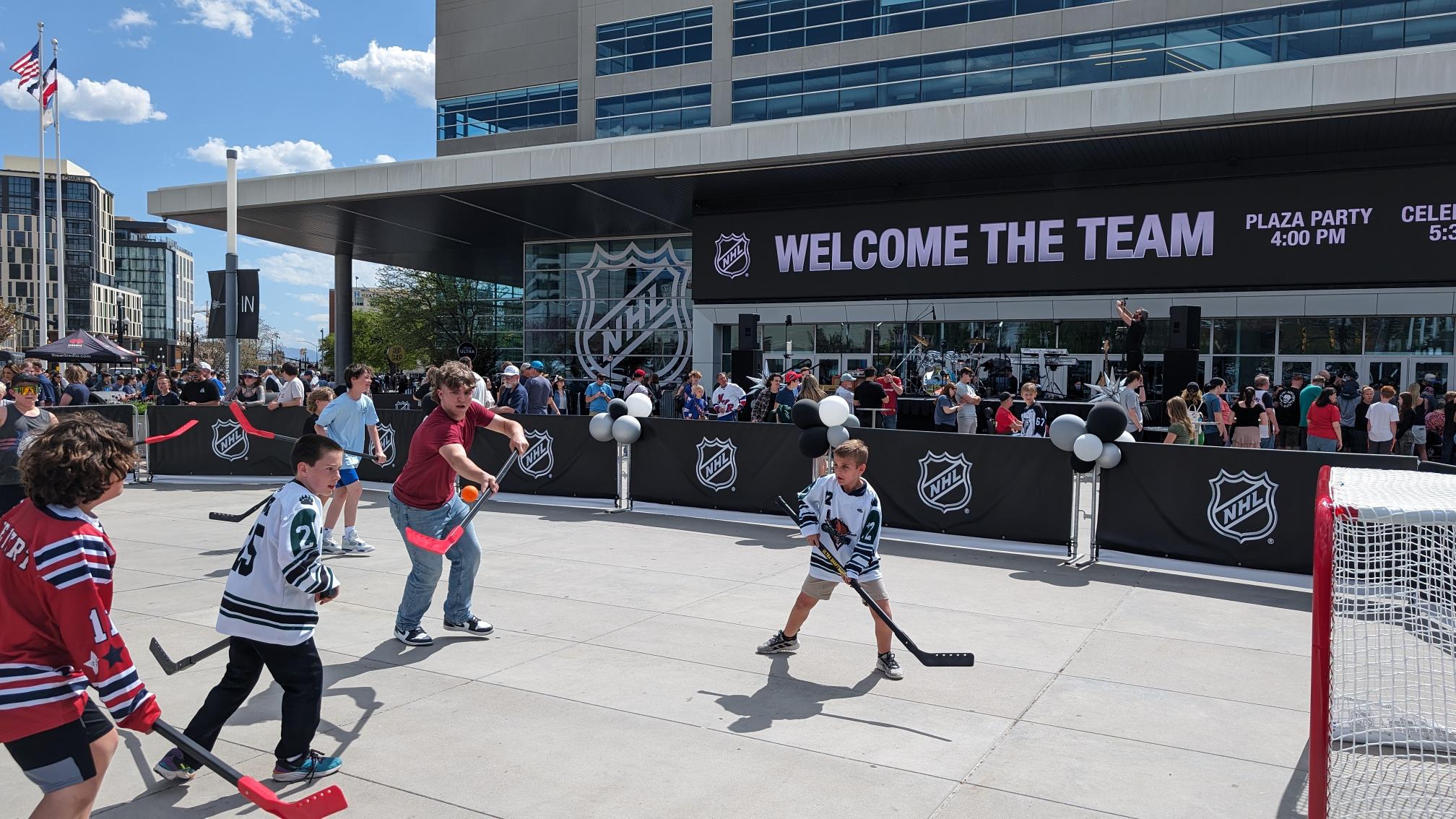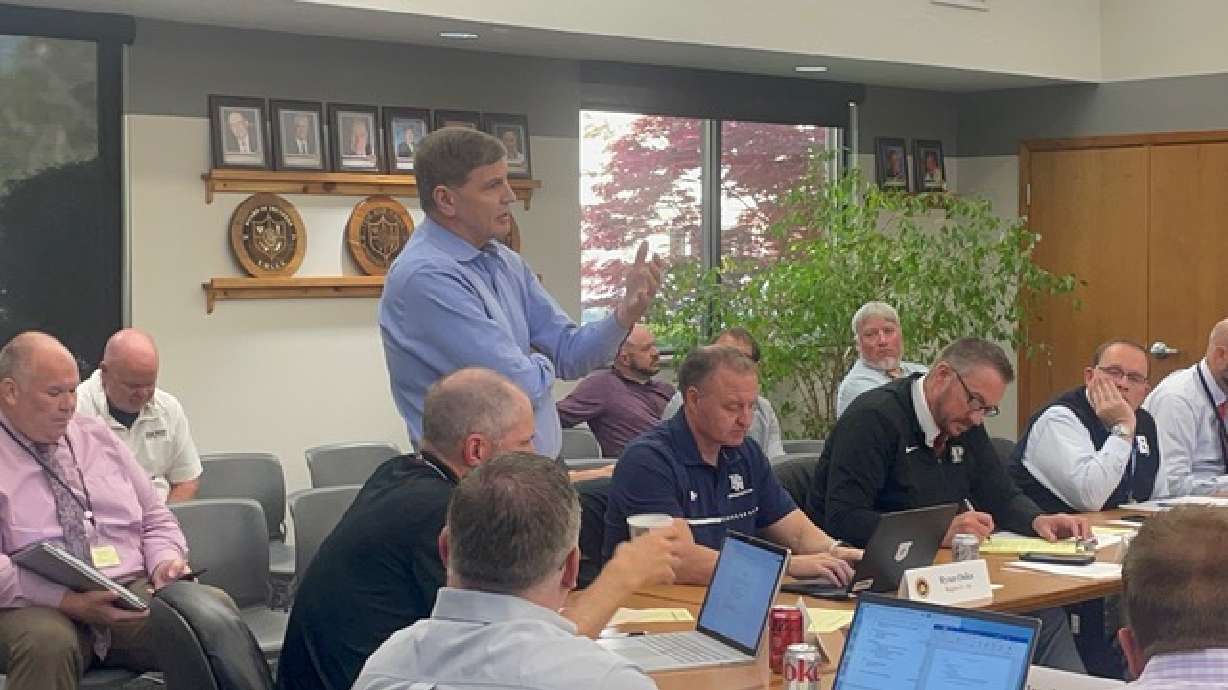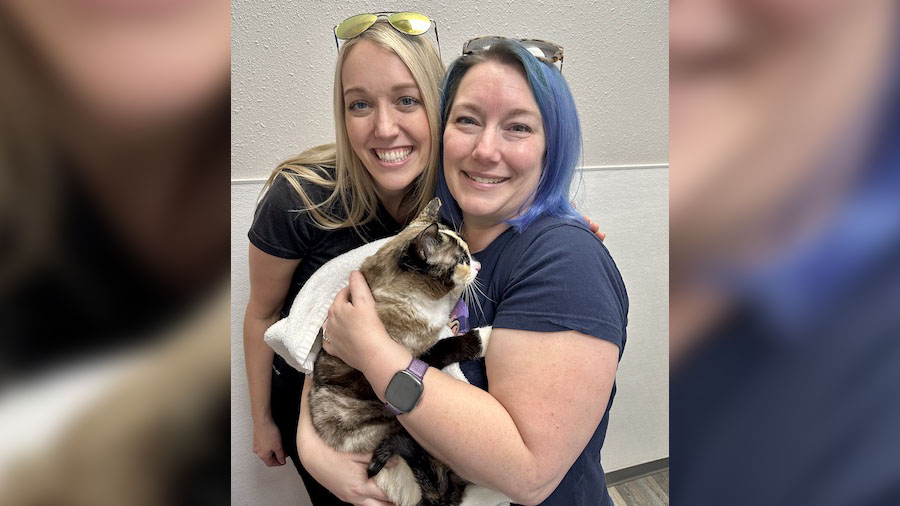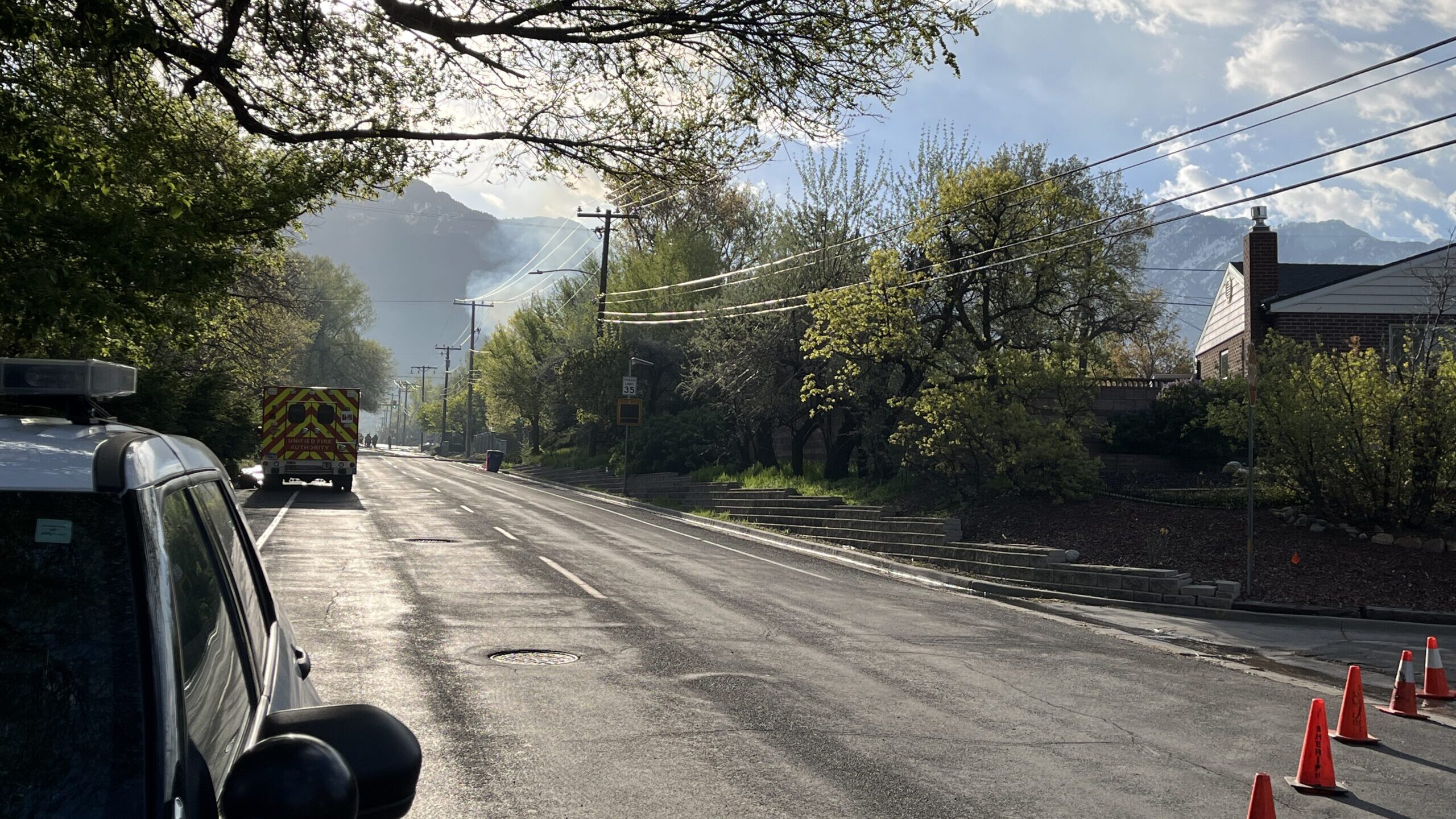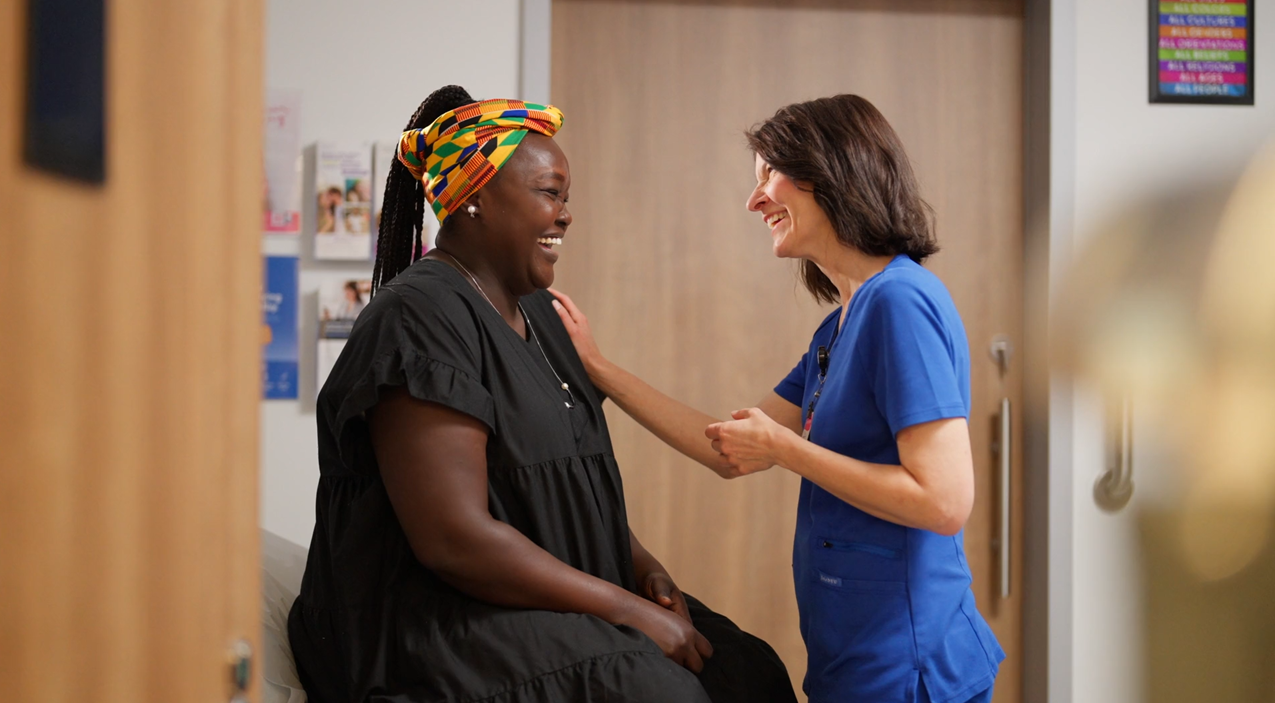Seismologists answer lots of questions about recent earthquakes
Feb 25, 2019, 6:59 PM | Updated: 7:24 pm
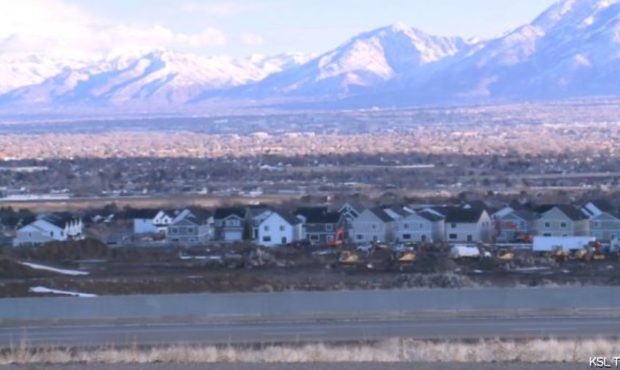
BLUFFDALE — Seismologists in Utah are still busy studying the dozens of earthquakes that hit the south end of the Salt Lake Valley, and they say many people may have been hearing some bad information about what those quakes might mean.
Out of the 139 earthquakes that hit Bluffdale between the 13th and the 25th of February, seismologists believe the “main shock” happened on the 15th. After that, there were 125 aftershocks.
“This is a fairly active foreshock, main shock, aftershock sequence,” said Jim Pechmann with the University of Utah Seismograph Stations.
While that number does seem very high, Pechmann says it’s not entirely unprecedented. However, he wants to clarify that the 4.0 magnitude quake in Kanosh had nothing to do with what happened in Bluffdale. Their research hasn’t been able to pinpoint if the Bluffdale quakes happened on the Wasatch Fault, or an unnamed one.
Also, Pechmann says many people are under the false impression that smaller quakes will lessen the severity of “the big one” when it hits.
“They don’t act as a safety valve. In fact, they do increase the probability of larger earthquakes, a little bit,” Pechmann says.
In the meantime, officials with the Utah Insurance Department are suggesting people buy an earthquake policy. However, Commissioner Todd Kiser says these policies can be quite pricey, so people need to ask a lot of questions before they buy one.
Kiser says, “Be specific about the kinds of things it covers. ‘Does it give me replacement cost coverage on my personal belongings?’” He also says, in many cases, earthquake insurance also covers mudslides.
Customers also need to know when their policy kicks in. Kiser says other kinds of insurance require people to wait 30 days before they would be able to make a claim.
“Earthquake [insurance] is typically bound that day,” Kiser says.


